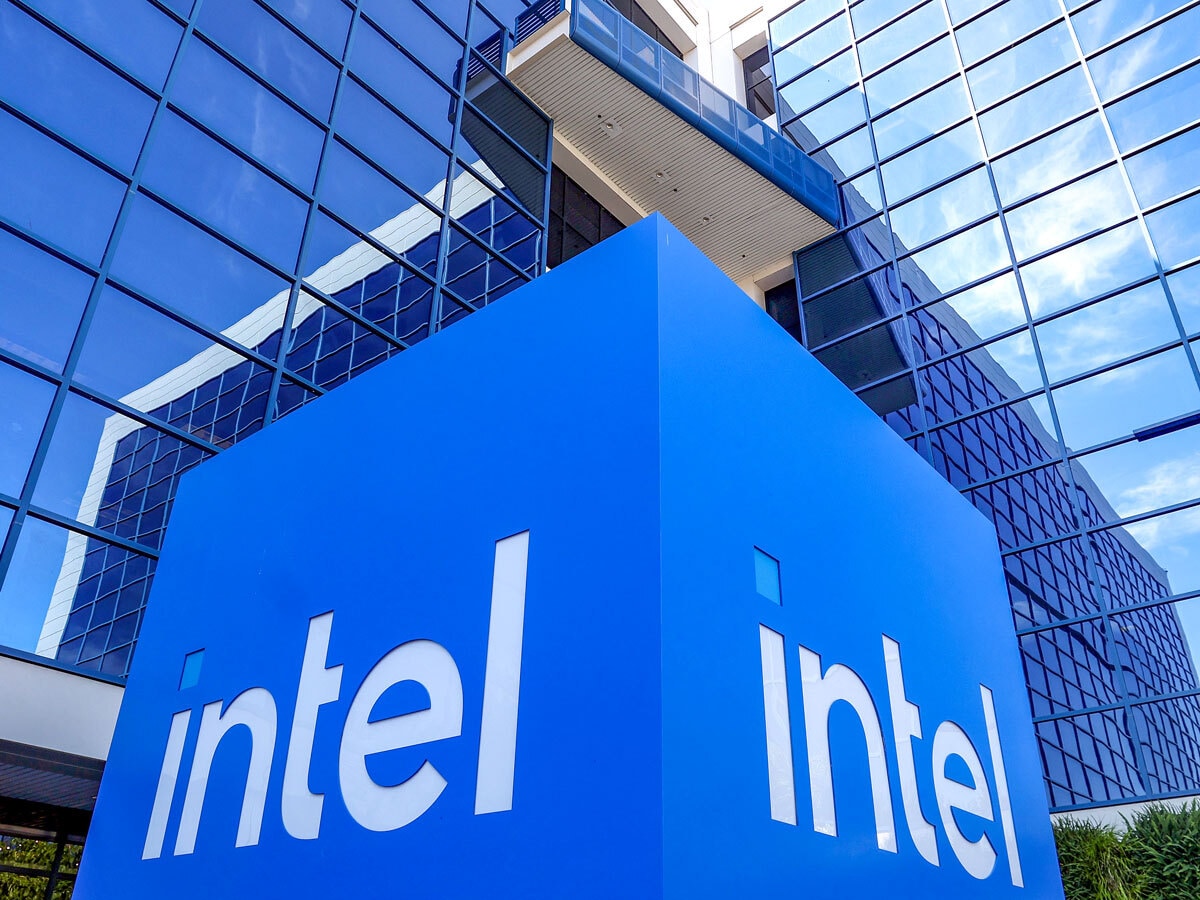Intel has struggled to keep up with its competitors since the start of the AI boom. Could a potential takeover by rival Qualcomm help boost its fundamentals?
Intel [INTC] is one of the world’s largest semiconductor companies. It is a significant player in computer chip design and manufacture, creating chips for personal computers as well as for data center servers. Unlike some of its competitors, Intel also operates a foundry business that creates the component parts for its chips.
INTC Stock Lags Competitors
Intel has struggled to keep up with its competitors since the start of the artificial intelligence (AI) boom.
Over the past two years, Intel — previously one of the world’s largest chip suppliers — has hemorrhaged market share to competitors, particularly Advanced Micro Devices [AMD].
This has weighed heavily on Intel’s share price. As of September 20, Intel’s stock is down 38.90% over the past 12 months and 55.96% in the year to date.
Qualcomm to the Rescue?
However, on September 20 the Wall Street Journal reported that rival Qualcomm [QCOM] had approached Intel about a possible takeover.
Intel’s stock gained 3.31% on the day following the WSJ’s report.
If it went ahead, the deal would top Microsoft’s [MSFT] acquisition of Activision Blizzard as the largest tech buyout in history. However, there are many potential hurdles, including antitrust scrutiny and the need for Qualcomm to sell parts of Intel to other buyers.
Given these potential challenges, investors would be well advised to continue to consider Intel in its own right. How does the stock compare to two of the industry’s giants?
INTC vs Semiconductor Giants NVDA and AMD
Two of Intel’s key rivals in the semiconductor industry are Nvidia [NVDA] and AMD. Nvidia is the world’s largest semiconductor firm by market cap, and its GPUs have become a byword for AI hardware.
Meanwhile, according to Investopedia, AMD is Intel’s biggest rival “and has been battling the tech giant for market share since the 1960s”.
| INTC | NVDA | AMD | |
| Market Cap | $93.39bn | $2.85trn | $252.43bn |
| P/S Ratio | 1.69 | 29.99 | 10.98 |
| Estimated Sales Growth (Current Fiscal Year) | -3.60% | 125.30% | 12.90% |
| Estimated Sales Growth (Next Fiscal Year) | 7.80% | 42.00% | 28.50% |
Intel has a highly favorable valuation relative to its sales compared to Nvidia and AMD. However, this appears to be rooted partly in its relatively sluggish estimated sales growth, and partly in its apparent weakness in converting revenue into earnings.
Despite having by far the lowest P/S ratio of the three, Intel’s P/E ratio of 91.00 is significantly higher than Nvidia’s, at 54.38. However, its forward P/E ratio of 20.70 is lower than both Nvidia’s, at 41.32, and AMD’s, at 29.24, indicating that it is cheap relative to its projected earnings.
INTC Stock: The Investment Case
The Bull Case for Intel Stock
Intel has been making moves to take AI market share away from its competitors.
In June, days after Nvidia and AMD announced their respective new generations of AI chips, Intel announced the launch of its Xeon 6 processor, which CEO Pat Gelsinger said would deliver better performance for high-intensity data center workloads than previous generations of the chip.
It has also sought to undercut its rivals with preferential pricing for its Gaudi 2 and Gaudi 3 AI accelerators.
More recently, Gelsinger has announced restructuring of Intel’s manufacturing business, a move that John Vinh, Managing Director and Senior Research Analyst at KeyBanc Capital Markets, has described as very encouraging. The cost-cutting measures include spinning off its foundry business as a separate independent subsidiary and pausing construction on its German and Polish plants.
Wall Street’s most optimistic analysts see Intel’s stock gaining 168.0% over the next year to reach $58.53, according to polling from LSEG.
The Bear Case for Intel Stock
However, this estimate appears to be something of an outlier. The median analyst forecasts more moderate gains of 14.5% to $25.00, while the low estimate envisages Intel’s stock falling 22.2% to $17.00.
Intel’s profitability has been severely hampered over the last five years by its attempts to turn itself into a foundry business. This segment is currently unprofitable and has led to performance declines for core parts of its business, such as chip design.
Nvidia and AMD, by contrast, source their component parts from Taiwan Semiconductor Manufacturing Co [TSM]. TSMC’s manufacturing process is state of the art, and Intel faces significant challenges in trying to take on this established player.
Conclusion
There are various uncertainties surrounding Intel at present, not least the potential outcome of Qualcomm’s takeover bid, which as yet has not been officially lodged.
The company faces challenges in completing its foundry-oriented restructure and catching up to AI rivals such as Nvidia and AMD in the meantime.
There is significant growth potential should Intel be successful on these fronts, but investors should research the risks thoroughly before reaching any investment decision.
Disclaimer Past performance is not a reliable indicator of future results.
CMC Markets is an execution-only service provider. The material (whether or not it states any opinions) is for general information purposes only, and does not take into account your personal circumstances or objectives. Nothing in this material is (or should be considered to be) financial, investment or other advice on which reliance should be placed. No opinion given in the material constitutes a recommendation by CMC Markets or the author that any particular investment, security, transaction or investment strategy is suitable for any specific person.
The material has not been prepared in accordance with legal requirements designed to promote the independence of investment research. Although we are not specifically prevented from dealing before providing this material, we do not seek to take advantage of the material prior to its dissemination.
CMC Markets does not endorse or offer opinion on the trading strategies used by the author. Their trading strategies do not guarantee any return and CMC Markets shall not be held responsible for any loss that you may incur, either directly or indirectly, arising from any investment based on any information contained herein.
*Tax treatment depends on individual circumstances and can change or may differ in a jurisdiction other than the UK.
Continue reading for FREE
- Includes free newsletter updates, unsubscribe anytime. Privacy policy





